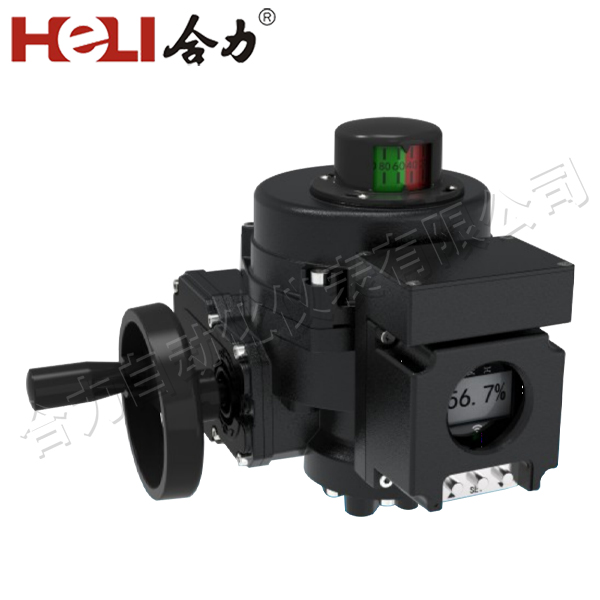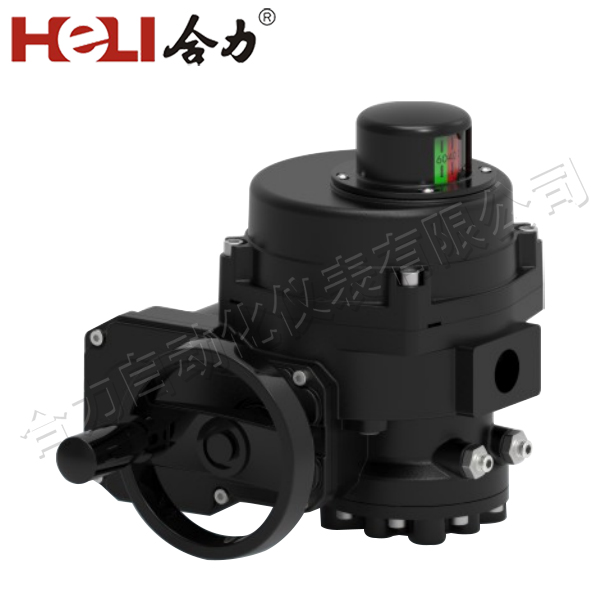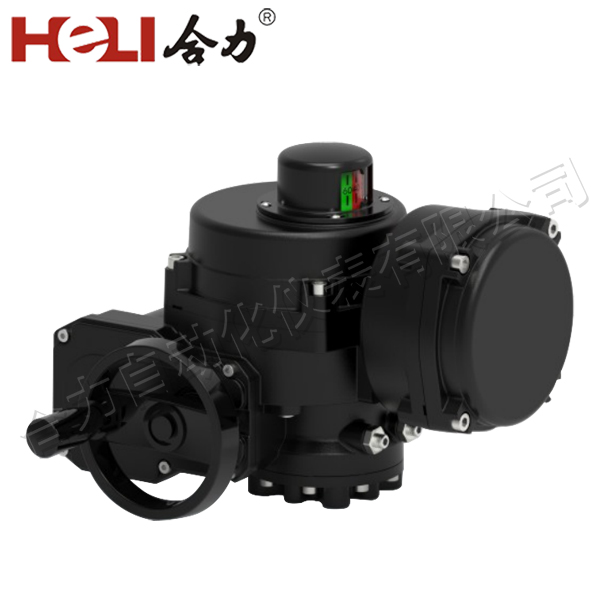In the ever-evolving world of automation and robotics, the integration of energy-efficient technologies has been a driving force in improving performance, reliability, and sustainability. One such technology making significant strides is the Lithium Battery Electric Actuator. This advanced system combines the power and energy density of lithium-ion batteries with the precision and reliability of electric actuators, providing a game-changing solution for numerous industrial applications. In this article, we explore how lithium battery electric actuators are transforming industries and the benefits they offer over traditional actuation systems.

What is a Lithium Battery Electric Actuator?

A lithium battery electric actuator is a device that uses a lithium-ion battery to power an electric actuator. An actuator, in simple terms, is a mechanical device that converts electrical energy into physical movement. It is used in a wide range of industries, including robotics, manufacturing, automotive, and healthcare, to control various processes that require movement or force, such as valves, gears, and motors. In a typical system, the electric actuator is powered by a lithium-ion battery, which is known for its high energy density, long life cycle, and efficient charging capabilities. The combination of these components allows the actuator to perform tasks without relying on a traditional power source, such as mains electricity or compressed air, making it more flexible and suitable for a variety of applications, especially in remote or off-grid environments.
